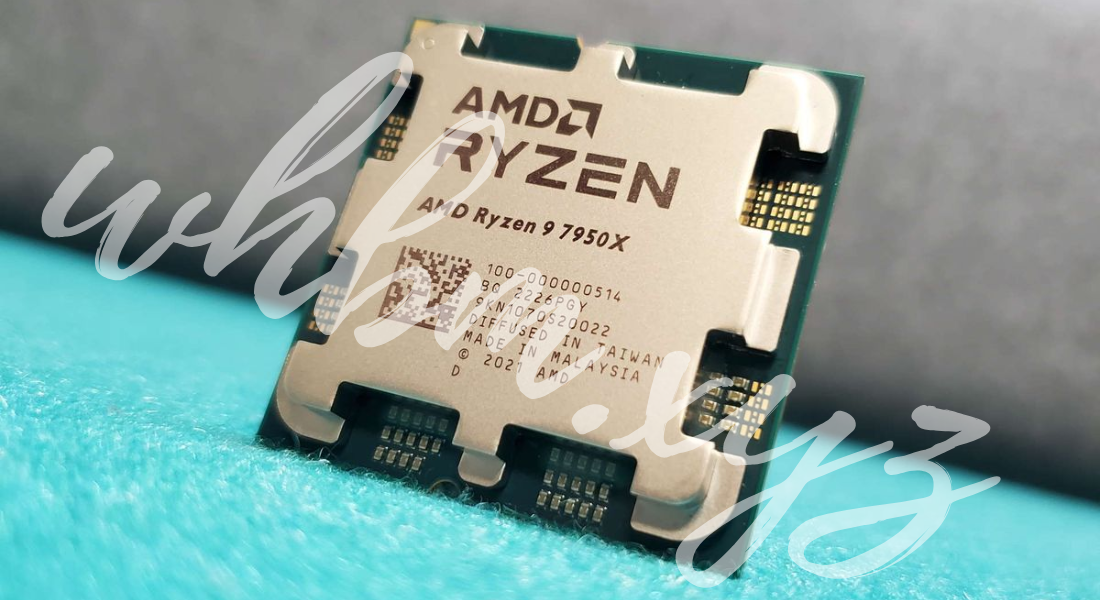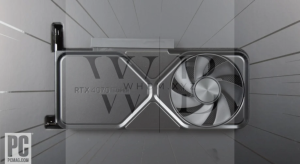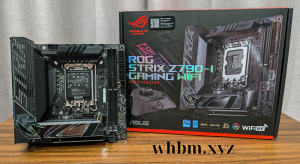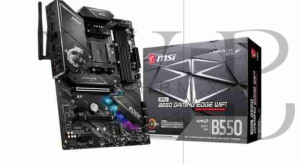The Ryzen 9 7950X has quickly become a go-to choice for enthusiasts, professionals, and gamers looking to maximize CPU performance. This processor, part of AMD’s Ryzen 7000 series, showcases a significant leap in computing power, but it also comes with specific Ryzen 9 7950X power requirements essential for unlocking its full potential. Whether you’re building a new PC or upgrading, understanding the Ryzen 9 7950X’s power requirements can help you achieve a setup that delivers peak performance and stability. This article dives deep into what you need to know about powering this processor and the elements you should consider in your build.
1. The Ryzen 9 7950X: A Powerhouse Processor
The AMD Ryzen 9 7950X is a 16-core, 32-thread processor built on the latest Zen 4 architecture. This architecture pushes the limits of speed and efficiency, making it ideal for heavy workloads such as video editing, 3D rendering, and AAA gaming. With a maximum boost clock of up to 5.7 GHz, the 7950X is designed to handle demanding applications seamlessly. However, the Ryzen 9 7950X power requirements highlight the need for an efficient power supply and cooling system to ensure smooth, stable operation.
Power Requirements for Optimal Performance
The Ryzen 9 7950X has a Thermal Design Power (TDP) of 170 watts, which indicates the typical power consumption under regular workloads. But when pushed to its maximum capabilities, it can draw even more power, especially during intensive tasks. Knowing the Ryzen 9 7950X power requirements is crucial when selecting your power supply unit (PSU) and ensuring your setup supports the processor’s full demands.
2. Choosing the Right Power Supply Unit (PSU)
Selecting the right PSU is essential to meet the Ryzen 9 7950X power requirements. A quality PSU provides a steady, reliable power source that supports not only the processor but also other high-power components like GPUs, storage drives, and additional peripherals.
Recommended Wattage
For a build with the Ryzen 9 7950X, a PSU with at least 750 watts is recommended, but going up to an 850-watt PSU can offer more stability, especially for systems with powerful GPUs. High-quality PSUs also come with efficiency certifications such as 80 PLUS Bronze, Silver, Gold, and Platinum, indicating how well they handle energy conversion. A Gold or Platinum PSU is ideal for a high-performance build as it minimizes energy loss, generates less heat, and provides a stable power flow, meeting the power requirements of the Ryzen 9 7950X effectively.
Recommended PSU Brands
To meet the Ryzen 9 7950X power requirements, some recommended PSU brands are Corsair, Seasonic, and EVGA, known for their reliability and efficiency. Models like the Corsair RM850x or Seasonic PRIME TX-850 are popular choices among users due to their solid performance and efficiency ratings. Investing in a high-quality PSU from a reputable brand ensures better power stability, reliability, and longer component lifespan.
Modular vs. Non-Modular PSUs
A modular PSU can be beneficial for high-end builds, allowing you to connect only the cables you need. This helps in maintaining a cleaner and more organized setup, leading to better airflow and, in turn, efficient cooling. Non-modular PSUs are more affordable but might lead to cable clutter, which can affect cooling and accessibility. Both modular and non-modular options can fulfill the power requirements of the Ryzen 9 7950X, but a modular unit often provides greater ease for maintenance and upgrades.
3. Cooling Solutions to Support Power Demands
Power requirements and heat go hand in hand. The Ryzen 9 7950X power requirements dictate that, when running under load, it generates a considerable amount of heat, necessitating effective cooling solutions. There are two main types of cooling options: air cooling and liquid cooling.
Air Cooling
High-end air coolers are often sufficient for most Ryzen 9 7950X builds, especially if you aren’t overclocking. Choose a cooler with a high Thermal Dissipation rating (TDP) that matches or exceeds the Ryzen 9 7950X’s power requirements. Air coolers are also generally easier to install and maintain, making them a solid choice for many users.
Liquid Cooling
For those who plan on pushing the Ryzen 9 7950X to its limits or overclocking, liquid cooling is recommended. A 240mm or 360mm all-in-one (AIO) liquid cooler provides more efficient cooling, allowing the CPU to maintain high performance without throttling due to excessive heat. Given the intensive power requirements of the Ryzen 9 7950X, liquid cooling can maximize the lifespan and performance consistency of the processor.
4. Motherboard Compatibility and Power Delivery
The motherboard you choose for the Ryzen 9 7950X plays a key role in power management. AM5 motherboards designed for the 7000 series come with features optimized for high power and thermal demands. Look for motherboards with robust power delivery systems, typically labeled as VRMs (Voltage Regulator Modules), which can effectively meet the Ryzen 9 7950X power requirements.
VRM Quality
High-quality VRMs ensure stable voltage delivery to the CPU, particularly during heavy workloads. An inadequate VRM setup may lead to overheating and instability. Enthusiasts who overclock should prioritize motherboards with high-quality VRMs, ensuring they support the Ryzen 9 7950X’s power requirements.
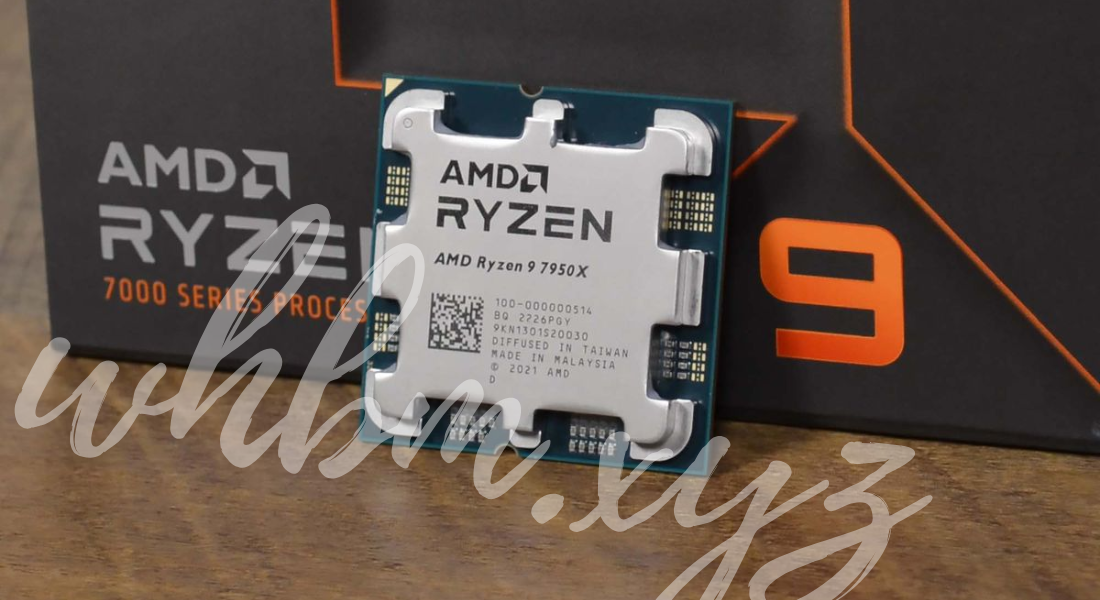
5. Optimizing for Overclocking
For those looking to push the Ryzen 9 7950X beyond its stock capabilities, overclocking can unlock additional performance. However, overclocking increases both power and cooling demands.
Power Implications of Overclocking
When overclocking, the Ryzen 9 7950X’s power draw can exceed 200 watts. This means that a PSU rated for at least 850 watts is even more critical. Additionally, overclocking increases thermal output, making advanced cooling solutions a must.
6. Efficient Power Management Features
AMD’s Precision Boost Overdrive (PBO) technology allows the Ryzen 9 7950X to dynamically increase clock speeds based on available thermal and power headroom. PBO works well for users who prefer an optimized setup without manually adjusting settings. For users conscious of power consumption, AMD’s Eco Mode offers a way to reduce the Ryzen 9 7950X’s power draw while still delivering high performance, which aligns with the power requirements set by the processor’s architecture.
7. Future-Proofing Your Build
Building a system around the Ryzen 9 7950X requires planning for future upgrades. This processor can handle the latest technologies, from DDR5 RAM to PCIe 5.0, but its power requirements might increase with additional components like high-end GPUs, NVMe drives, and other peripherals. Selecting a high-wattage PSU with an efficiency rating ensures your build is ready for future upgrades.
The Importance of Efficiency
For a system running a high-performance CPU like the Ryzen 9 7950X, having an efficient PSU helps reduce energy costs and heat output. Power supplies with higher efficiency certifications (like 80 Plus Gold or Platinum) convert more of the power from the outlet into usable energy for the PC, reducing wasted power. Over time, this can lead to cost savings and a cooler, quieter build.
8. Conclusion: Achieving a Balanced, High-Performance Build
The Ryzen 9 7950X is a powerful processor that can elevate your PC to handle any demanding task with ease. By understanding and meeting its power requirements, you can unlock the processor’s full potential, allowing it to perform at its best. From choosing an adequate PSU and cooling solution to optimizing power settings for overclocking, each step plays a vital role in building a system that runs efficiently and reliably. Make sure your build is equipped with a high-quality PSU, effective cooling, and compatible hardware to get the best results and truly appreciate the capabilities of AMD’s Ryzen 9 7950X.
